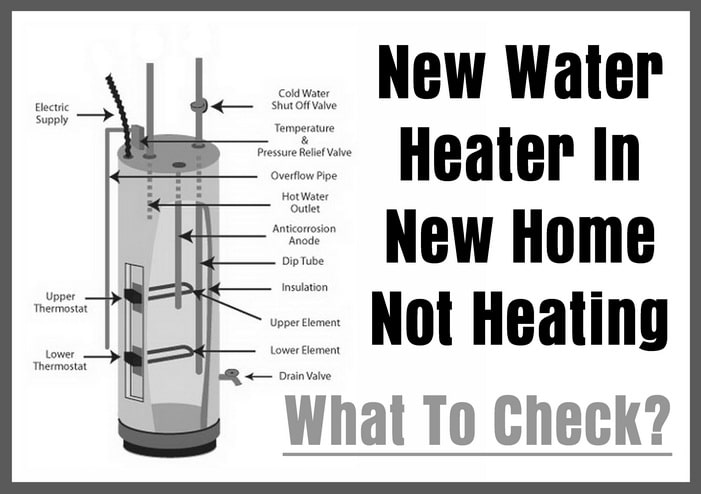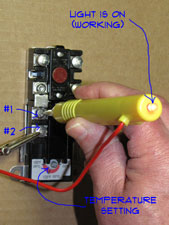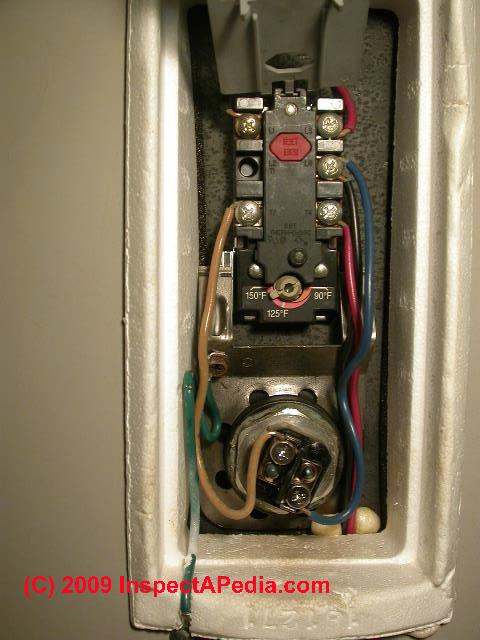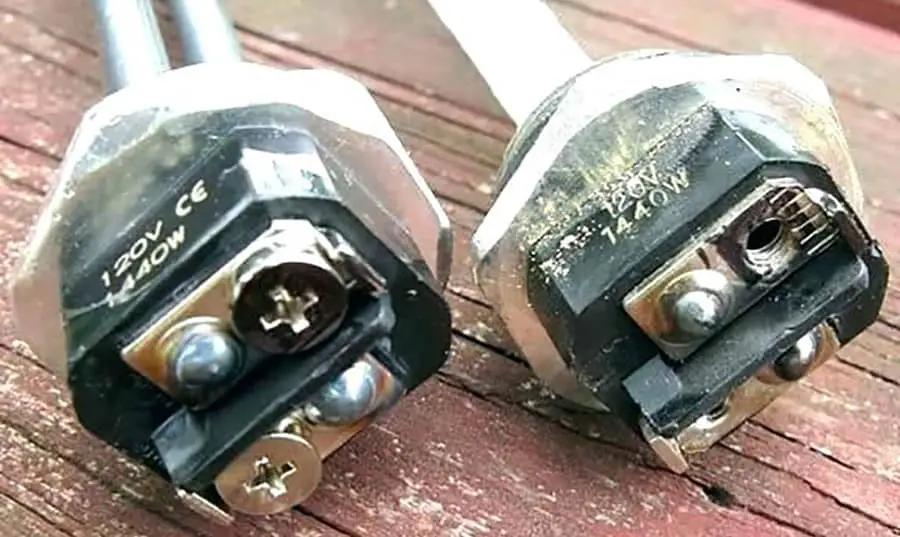Test Upper Thermostat Electric Water Heater

If you have a voltage stick you can use that as well.
Test upper thermostat electric water heater. If the water is hot enough at appointed temperature the meter won t show reading. However they do go bad and testing water heater thermostats is still required. Touch one probe of the multimeter to each terminal on the lower thermostat. Test the water heater thermostat.
If the water is cold the multimeter will point near zero. When this water is hot enough it shuts the upper element off. The meter should read 0. Connect the multimeter pin ends on point 1 2 as shown in the picture below.
The lower thermostat has only two terminals. You will also need to check the water heater thermostat with digital multimeter tools. Use the screwdriver to set the lower thermostat to the highest setting. The structure of an electric water heater is pretty simple.
First it allows the upper element to heat the water in the top of the tank. Using the multimeter connections touch the top to legs at the same time. Your water heater usually has two elements and two thermostats. Before you proceed further with the process of testing the heater thermostat take a screwdriver and the multimeter.
The reading on the multimeter should be zero. While the other is found right on the bottom. Start by checking the thermostat terminals for the supply of power. Check the power supply of the thermostat.
Testing the water heater thermostat involves the checking of the heating element also. And when it comes to thermostats the device uses two of them generally. The upper thermostat has two functions. If you want to test a thermostat on an electric water heater you will also need to check the heating element.
To look at the faults in the upper thermostat you need to turn off the lower one. If the opposite thing happens that means your thermostat has defected. This is important especially as open and grounded heating elements result in inaccurate tests. In this case also check the current at the high limit switch.
To look for faults you will need to use a screwdriver. If you get the reading of 240v on terminal 1 and terminal 3 then the power is on but if you get no readings then the power is off.



















